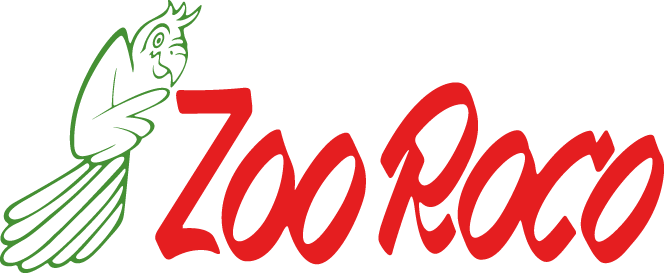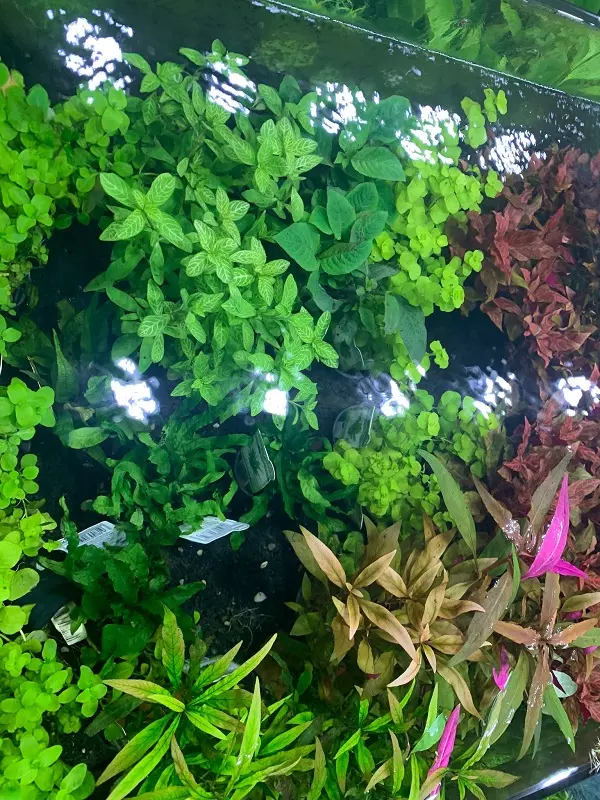

| Quantity | Unit price |
|---|---|
| To 2 |
CHF 8.90
|
| From 3 |
CHF 7.90
|
Stock: 0
Available in 1-3 days, acquisition time 14 days

Hygrophila polysperma (Indischer Wasserfreund)
| max. Wuchshöhe | - 50 cm | Herkunftsland | Indien, Sri Lanka und Thailand |
|---|---|---|---|
| Eignung | Diskusaquarium Gesellschaftsaquarium |
Typ | Stängelpflanze |
| Familie | Acanthaceae | Gattung | Hygrophila |
| Vermehrung | Kopfstecklinge | Wuchsgeschwindigkeit | schnell |
| pH | 5 - 9 | Wasserhärte | 10 - 30 °dh |
| Hinweise | Regelmässig zurückschneiden. | ||
Hygrophila polysperma gehört zu den „einfachsten“ Pflanzen in der Aquaristik. Selbst unter schlechtesten Bedingungen kann sie noch einigermaßen weiterwachsen. Verbessert man die Wuchsbedingungen, gedeiht die Pflanze natürlich deutlich besser. Bei guter Beleuchtung färben sich ihre Triebspitzen rötlich braun. Sie wächst sehr schnell, deshalb muss sie öfter als andere Stängelpflanzen zurück geschnitten werden. Für die Erstbepflanzung und als Algenvorbeugung sehr zu empfehlen.
| Aquarium: | Community aquarium |
|---|---|
| Feature: | In the background, Stem plants |
| Genus: | Hygrophila |
| Growth: | fast |
| Origin: | Asia |
| Properties: | Stem plants |
| Stand: | In the background |
2 of 2 reviews
5 out of 5 stars
Login
13 October 2021 13:03
Tres bonne calité, merci
Tres bonne calité, merci
30 November 2018 14:35
Top
Top
Customers also bought
Similar products
Customers also viewed








.jpg)













